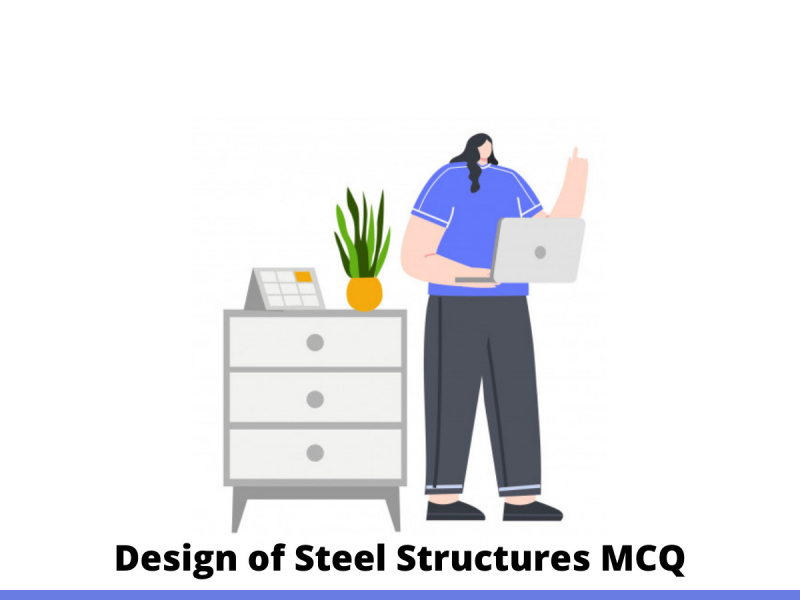Take Design of Steel Structures MCQ Test to Test Your Knowledge
Practice here the best Design of Steel Structures MCQ Questions that checks your basic knowledge of the Design of Steel Structures. This Design of Steel Structures MCQ Test contains 20+ Multiple Choice Questions. Choose the right answers for every questions to check your final preparation for your exams. Apart from this, you can also download Design of Steel Structures MCQ PDF, completely free.

